It might seem like an oxymoron, but active recovery is a real thing. And it’s real important, at that. Understanding what active recovery is will help you to incorporate it into your week and improve your overall health goals.
There are actually two types of active recovery to utilize: One is a phase of cooling down after exerting a lot of energy in an exercise (think walking or stretching between sets of an HIIT workout with several intensive intervals), and the other is a less intense workout on what most people call their “rest” days (such as taking the dog for a 30-minute stroll around the park on a day off from the gym).
Whichever type of active recovery you start incorporating into your routine should require less than half of the effort of a typical exercise. For example, runners who practice active recovery might do 45 minutes of sprint intervals, with 4 minutes of sprints interspersed with 1 minute of active-recovery walking to lower the heart rate and catch breath. Or, they might be a distance runner who pushes themselves for a 12-mile run on a Saturday, and then takes it easy with a nice 2-mile walk on Sunday.
Both of these examples of active recovery provide several benefits, according to RunSociety. Here are four major incentives to work in some active recovery to your weekly workouts.
Increases the release of endorphins:
That feel-good energy you get after a workout? That can be maximized with active recovery! Changing from high-intensity movements to a low-effort exercise releases more endorphins and other neurotransmitters that enhance your overall mood and wellbeing.
Minimizes soreness:
Demanding workouts and intensive activity often leads to sore muscles, as we all know. But if you engage in active recovery after a trying workout, especially if you space out these lower impact exercises over the course of a few days, you can reduce sore muscles and increase your overall strength.
Improves form:
Because active recovery is lower impact and less physically demanding, you can focus more on form and technique of your movements. This will enable your performance to be at its best when you’re back to the heavy weights or exhausting intervals, decreasing risk of injury.
Lowers heart rate:
Rather than going into rest immediately after a particularly difficult exertion of energy, it’s best to do some form of active recovery, like walking, stretching, or foam rolling. The body is given a chance to restore itself to a resting state and the heart can return to its normal rate at an easier pace, increasing the body’s strength and endurance.



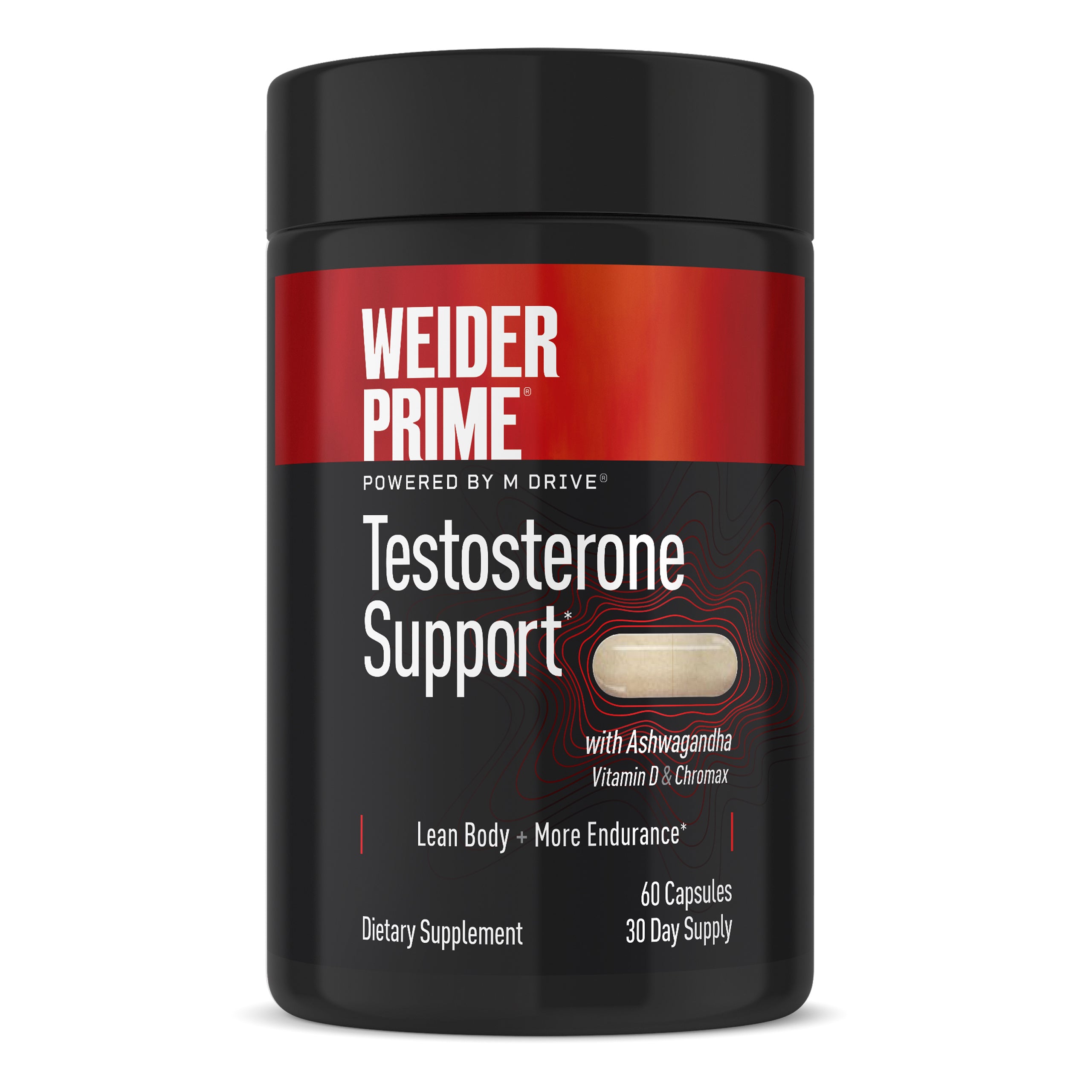
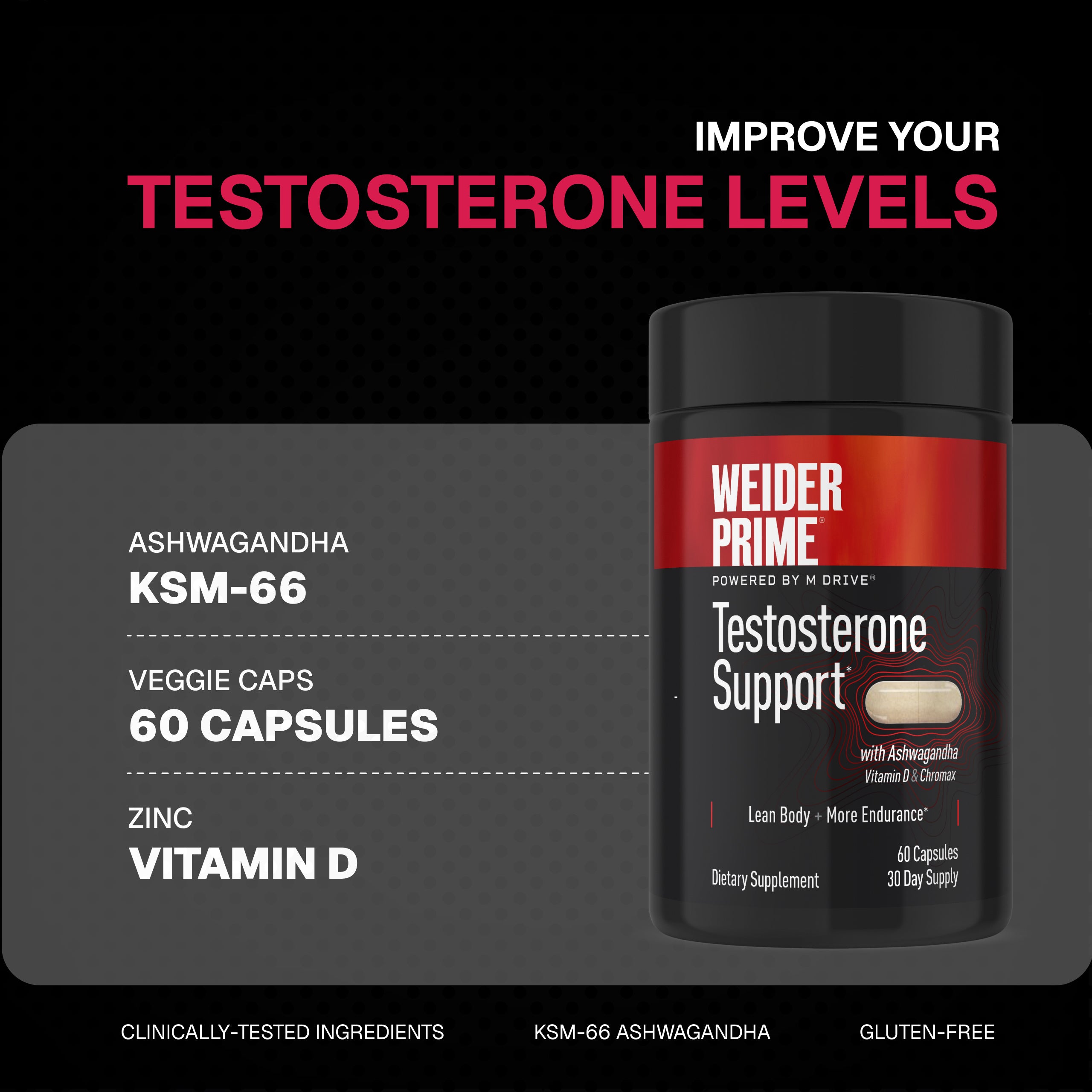
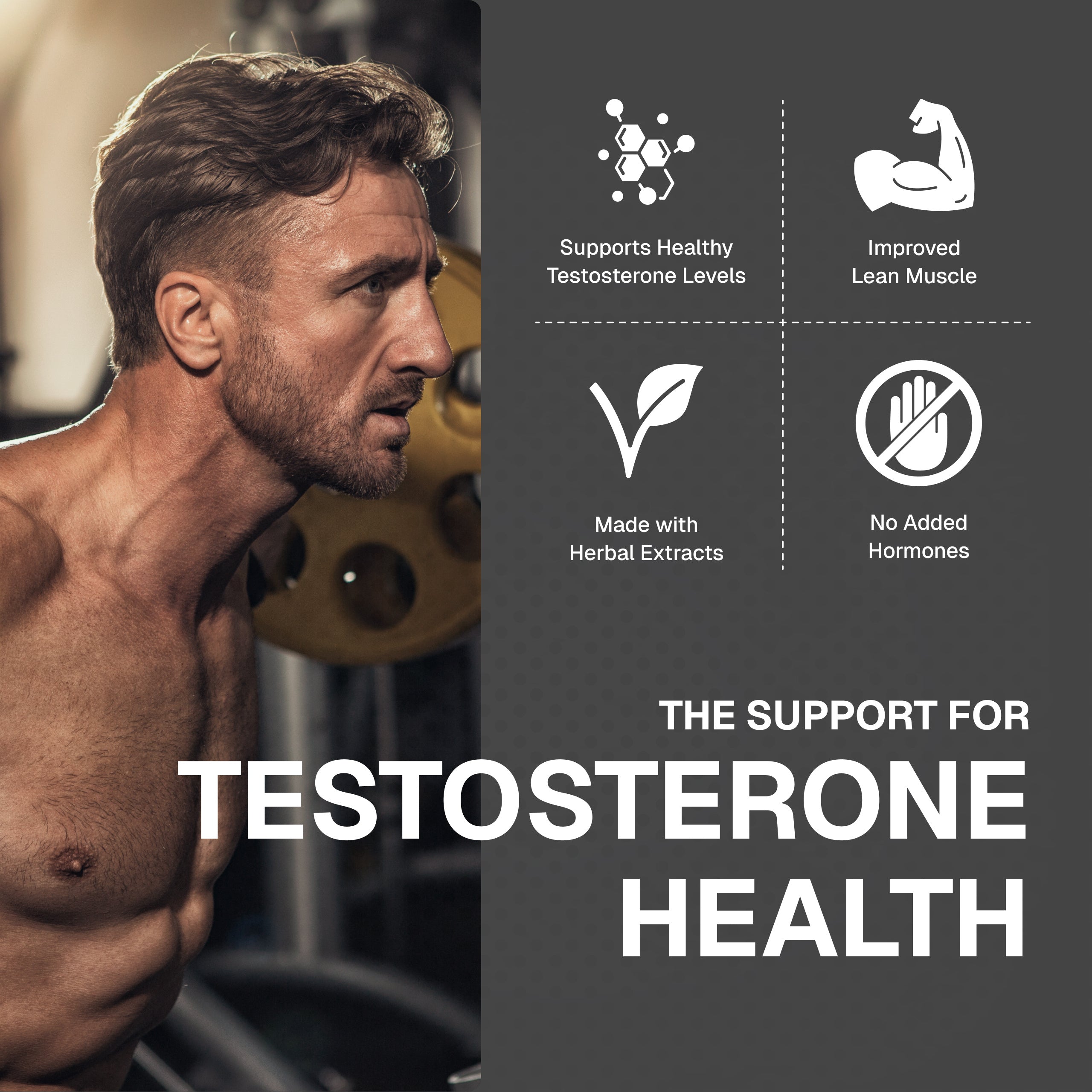
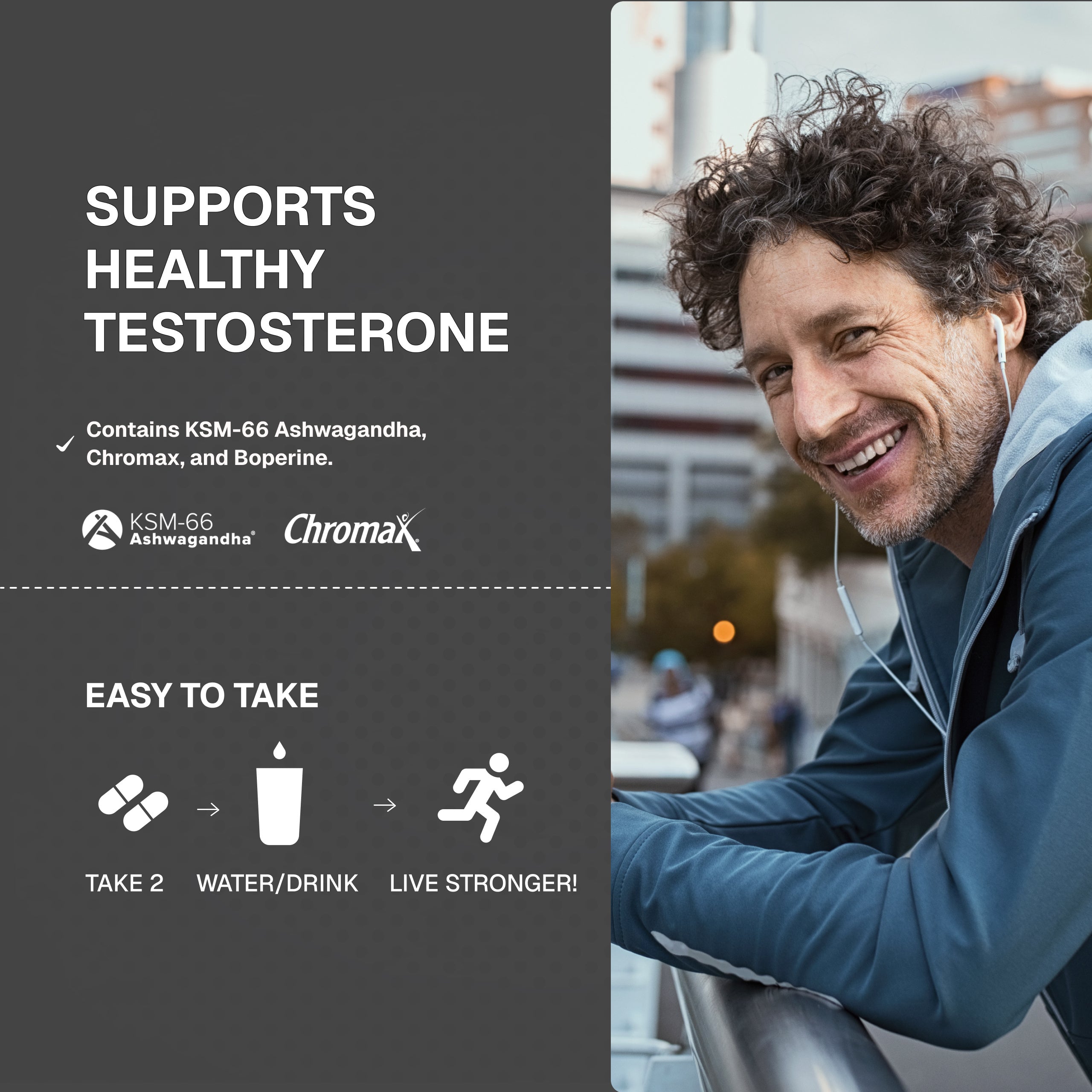

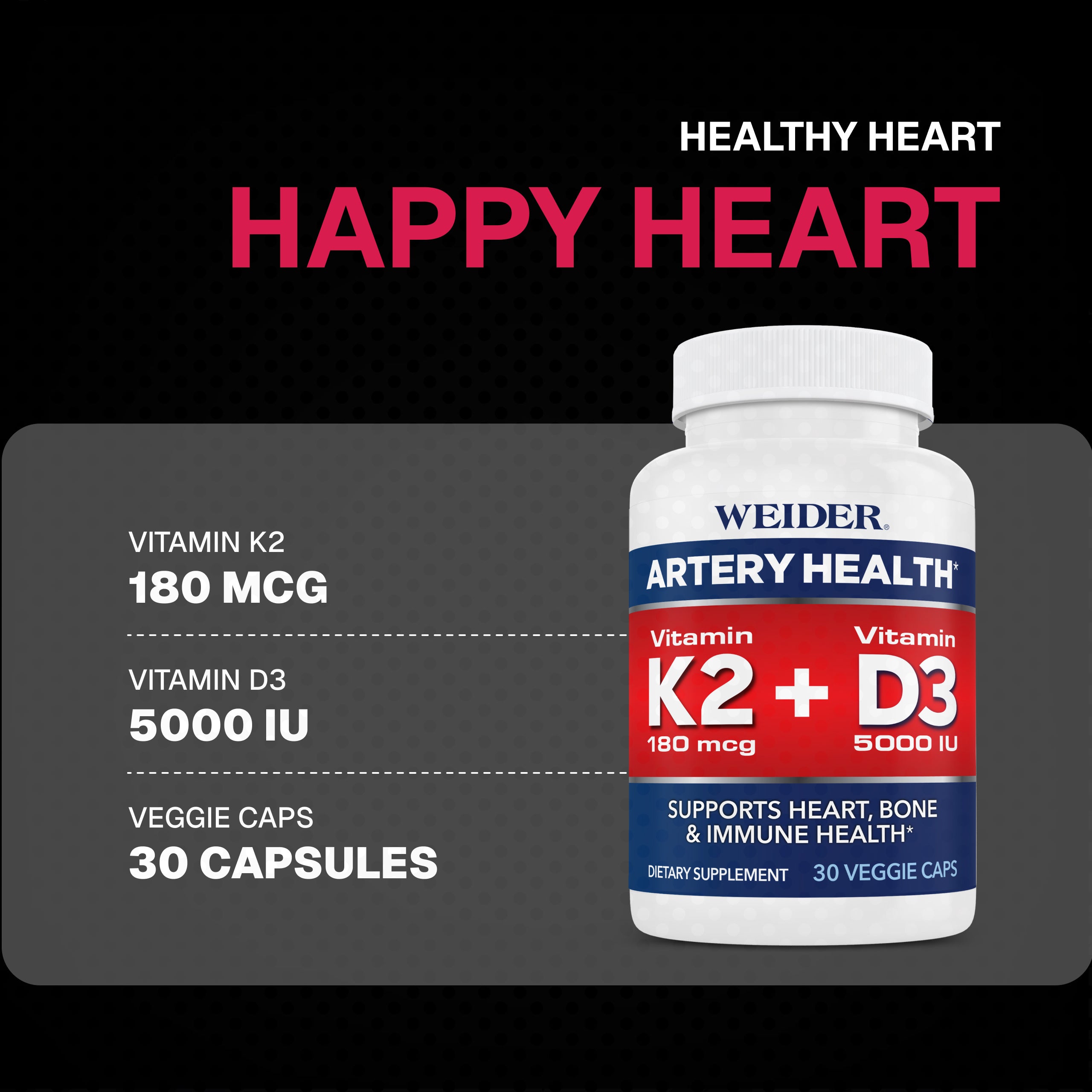
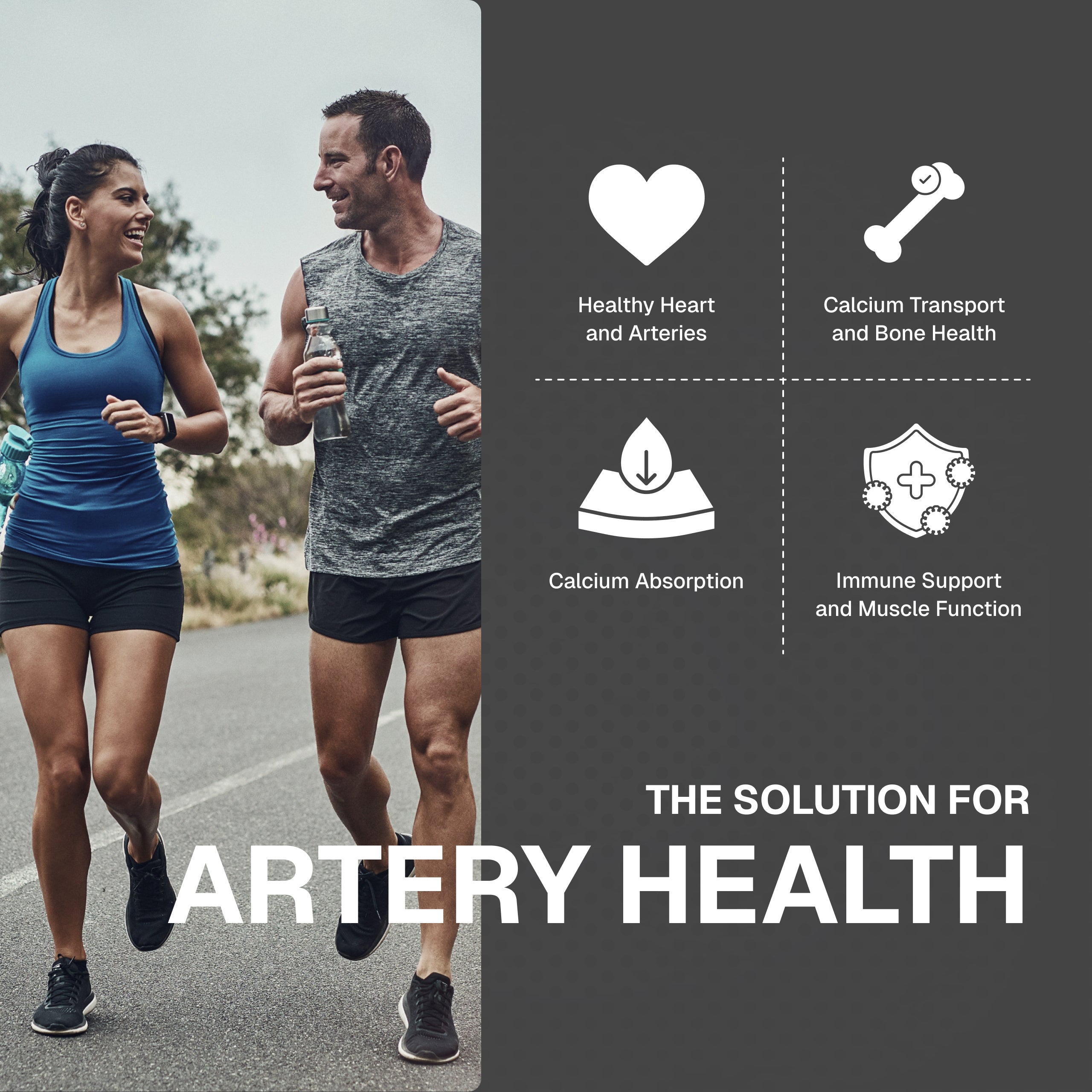

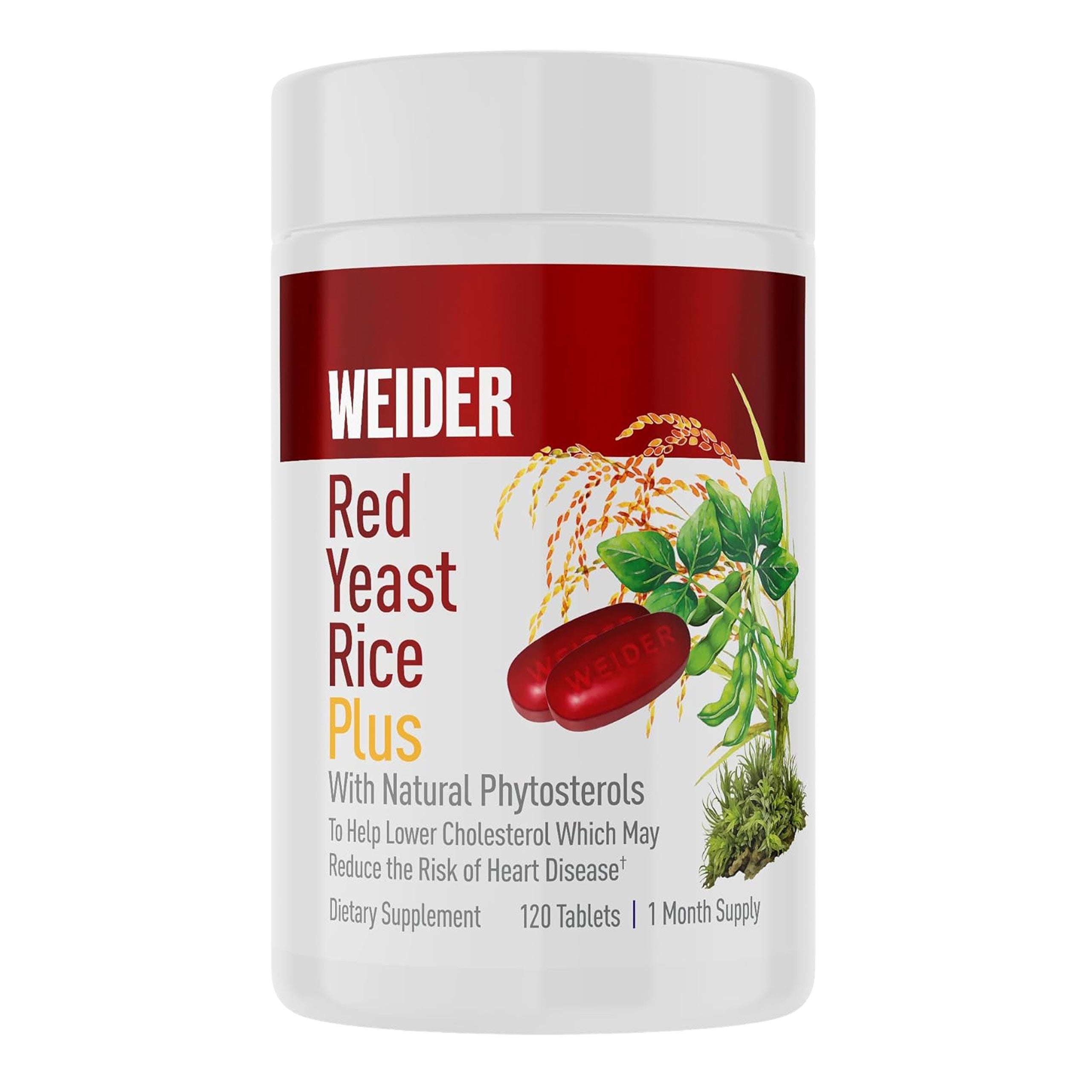


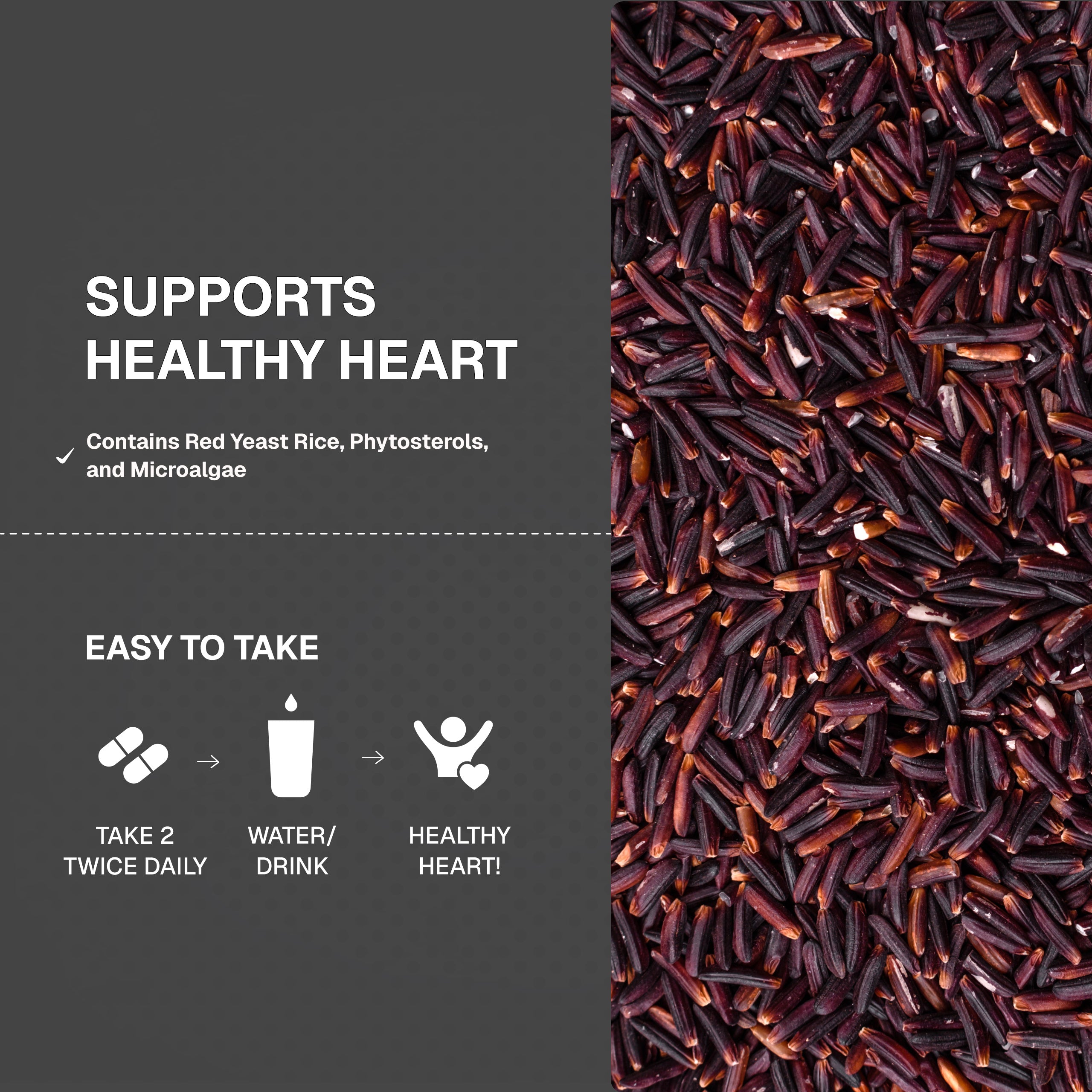
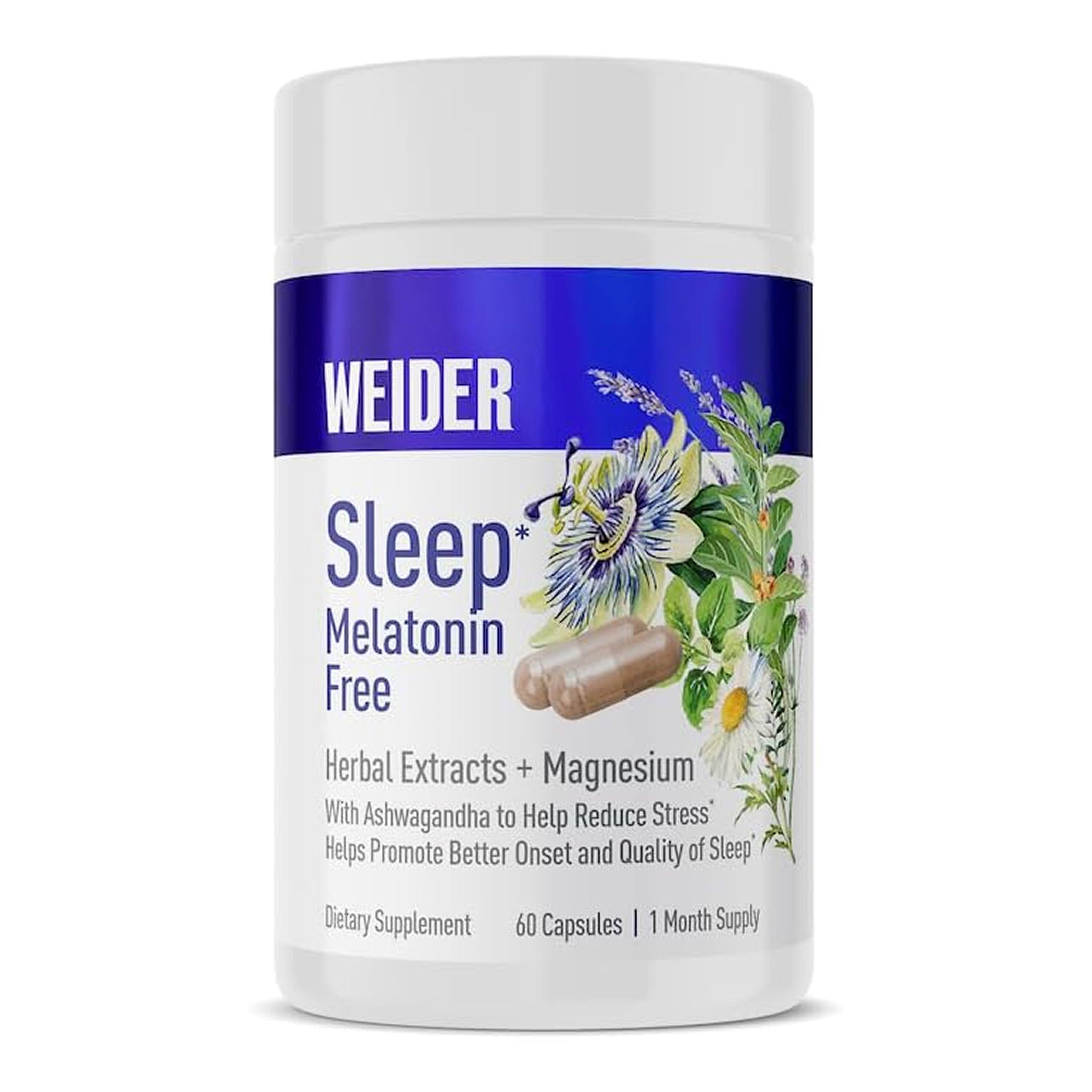







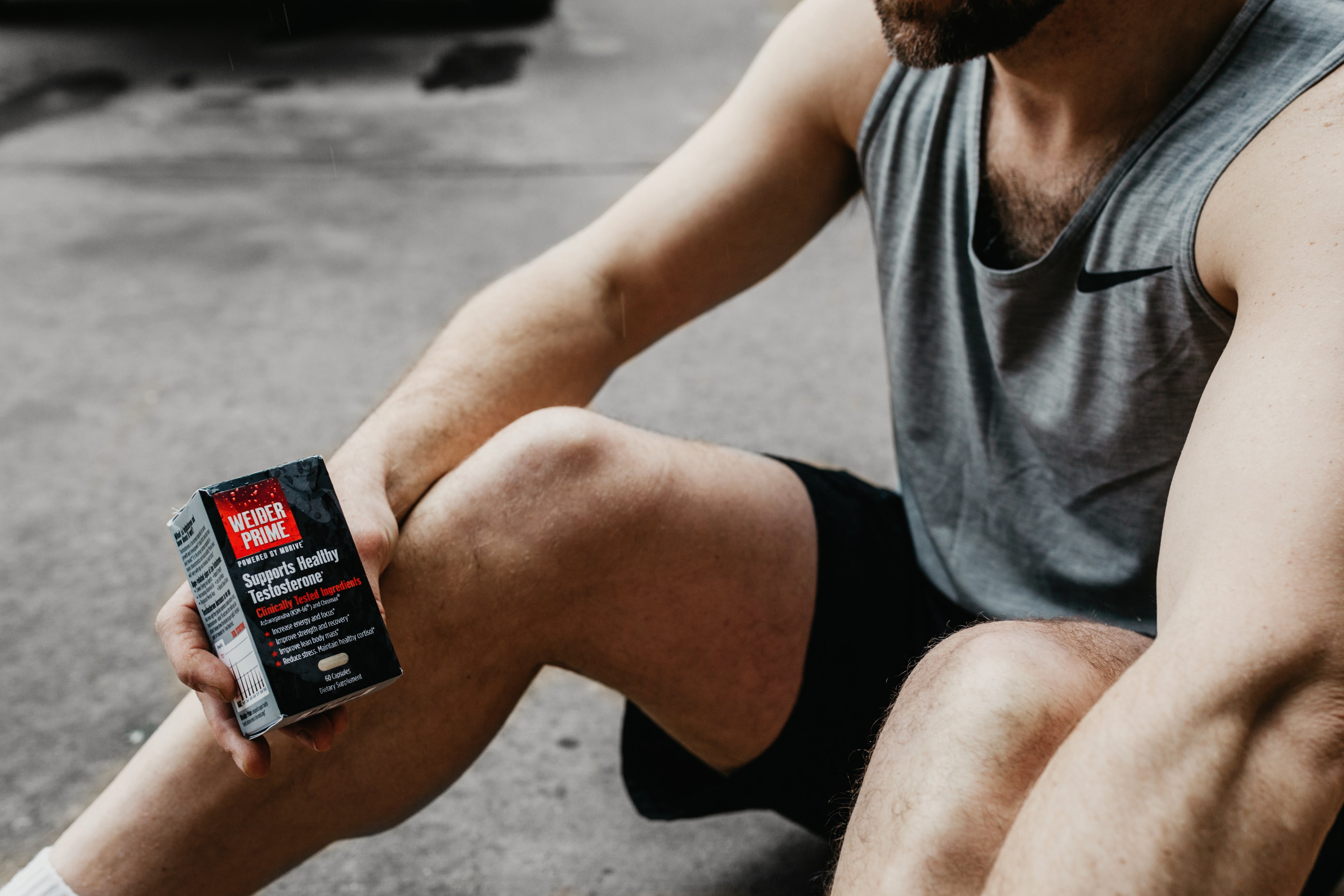

Share:
Injured? Your Diet Could Be The Reason
What is the right way to incorporate sugar into your diet?